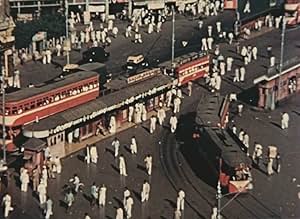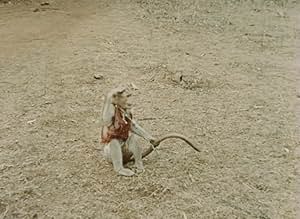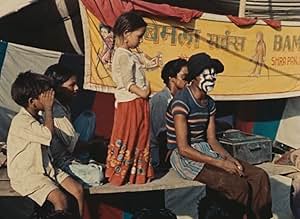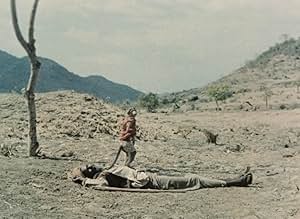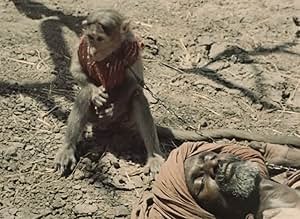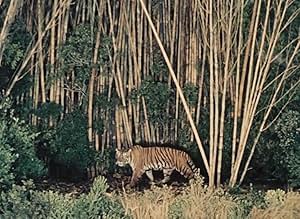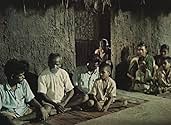Several stories depicting the landscapes and fauna of India are mixed with documentary footage.Several stories depicting the landscapes and fauna of India are mixed with documentary footage.Several stories depicting the landscapes and fauna of India are mixed with documentary footage.
- Awards
- 2 nominations total
Storyline
Did you know
- TriviaSonali Senroy DasGupta, then Rosselini's wife produced the film,
- Quotes
Narrator: When faced with death, the general belief is that when a man dies, his life doesn't end, because he's reincarnated in another. But no one knows in whom. Therefore, all men are brothers.
- ConnectionsReferences Jagte Raho (1956)
Featured review
I first read about "India, Matri Bhumi", an amazingly visionary though largely forgotten documentary from Roberto Rossellini, when one of my favorite critics Andrew Sarris mentioned it in his Film Culture essay on Rossellini back in the 60s. Sarris calls the documentary "one of the prodigious achievements of the century". So it piqued my interest since then. And then I read several critics' writings on the film, including film historian Tag Gallagher in his magnificent recent biography, THE ADVENTURES OF ROBERTO ROSSELLINI. I wasn't able to watch it until recently when I viewed it along with several other Rossellini films. Though it is apparently not for every taste like most of Rossellini's work, "India" is undoubtedly on a short list of director's masterpieces. If you are a fan of the director, this is definitely worth catching. The documentary is basically an episodic portrait on India, circa 1957-1958; It captures life in flux at that moment in time. "India" is divided into four sections, each documenting the strange interaction between humans and animals, tradition and technology. The first section, after the opening shots of people walking in the streets, deals with some elephants taking bath; the second part concerns a labor worker in a dam; the third part is about an old man and a man-eating tiger; the fourth and most remarkable section involves the desperate attempts of a pet monkey whose master has died of heat wave. What surprised me the most about "India" is Rossellini's camera movements. Rossellini uses a combination of circular, swooping tracking shots, pans, and zoom to conjure up a strange yet personal vision of India, something that is almost very hard to describe in words. The color photography is also rich and fascinating.
I definitely recommend reading Gallagher's chapter on "India" in his book on Rossellini.
I definitely recommend reading Gallagher's chapter on "India" in his book on Rossellini.
Details
- Runtime1 hour 30 minutes
- Sound mix
- Aspect ratio
- 1.37 : 1
Contribute to this page
Suggest an edit or add missing content


